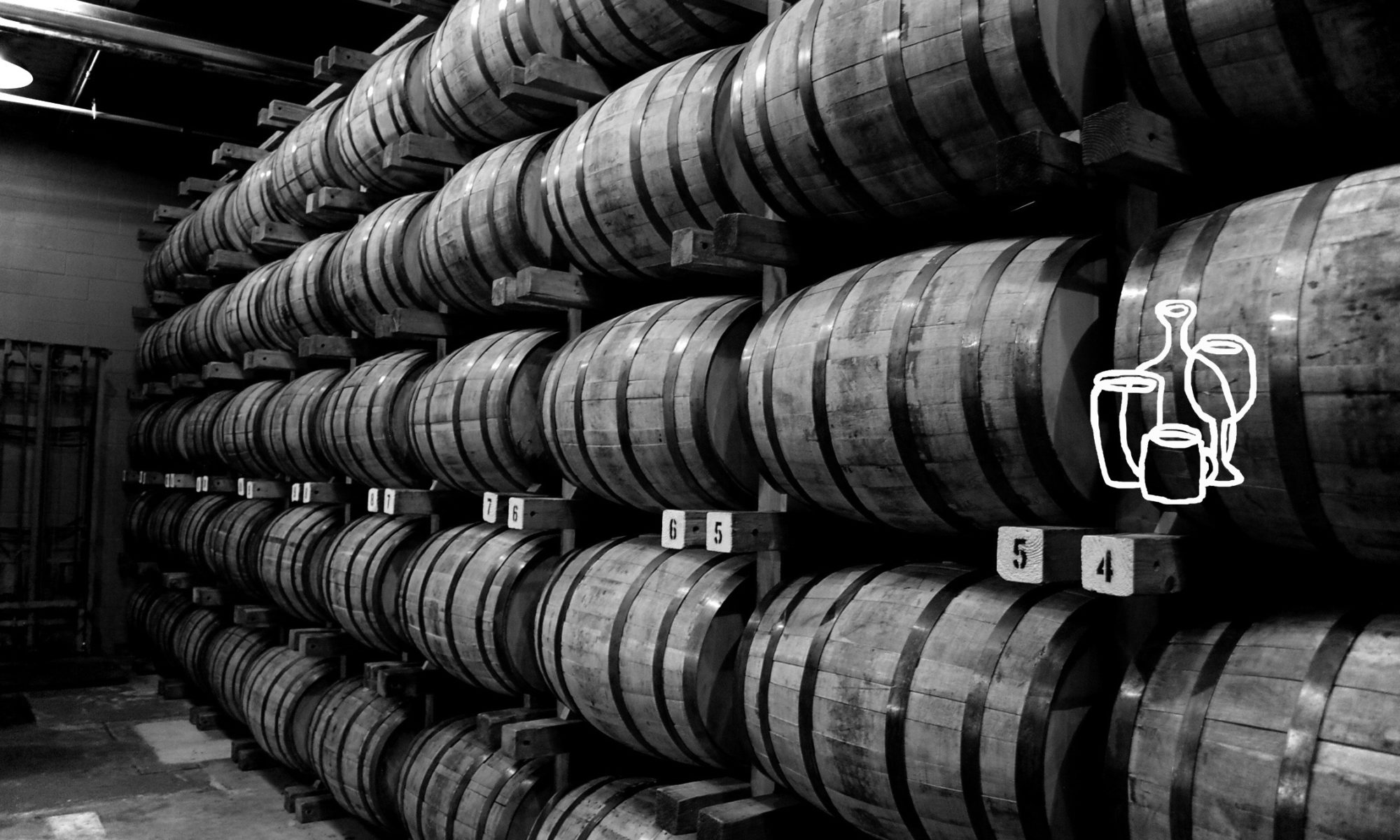
The New York Times today featured Atlanta’s own Bone’s restaurant and its trailblazing use of iPads in replacement of their traditional wine list. We love Bone’s for their great wine cellar, not to mention the steaks or the very friendly corkage policy, and now they are pushing the envelope in evolving the traditional wine list to something more in tune with today’s wine drinker.
At home, wine collectors can easily hop over to websites like Cellartracker or Cork’d to look up tasting notes and prices on almost any given wine. In retail wine shops, buyers can almost as easily pull up the same information on mobile phone apps like Cor.kz which actually ties in to the Cellartracker database. Do other wine drinkers agree with the 95 point score from “Joe Winereviewer”? Is that special on Chardonnay X really a good deal? Cor.kz even lets you scan the barcode on the back label to pull up prices at other retailers. This is great for the wine buyer, but will clearly put pressure on wine retailers to offer competitive prices as consumer adoption of such services increases. In the end, a more informed, more engaged wine buyer (in the company of a knowledgable and engaged wine retailer) is a good thing for everyone – more appreciation of the wines, more dialog with the wine retailer, more desire to seek out interesting winemakers.
So far, few restaurant diners are so bold as to pull out their iPhone or Blackberry and look up every wine listed on a restaurant menu. First, it’s socially awkward. Second, it’s not so quickly done. Third, you risk suspicious glances from the restaurant staff. But now, as restaurants like Bone’s are doing, if the RESTAURANT enables the technology, those problems all go away. The practice is endorsed by the restaurant, the technology is geared specifically to their list and informing the diner, and it hopefully creates a stronger dialog between the diner choosing a wine and the restaurant’s staff. It’s a win-win situation, and the New York Times notes that Bone’s and other restaurants employing similar technology are seeing increased wine sales as a result.
The question for restaurants to figure out is what type of information will best serve that win-win opportunity. How can they give the diner the right type of and amount of information that will help them choose a great wine from the list? How can they best highlight the strengths of their wine list (even relative to other restaurants in town)? Scores from Robert Parker are one thing, but how about going a step further and including the option to view other diners’ tasting notes? How about letting diners enter their tasting notes at the end of the meal for future reference or for other diners to see? What a way to build loyalty between the restaurant and its patrons.
Technology is an opportunity for wine drinkers, restaurants and retailers alike. The key is understanding that it must serve all sides to really be a success.







